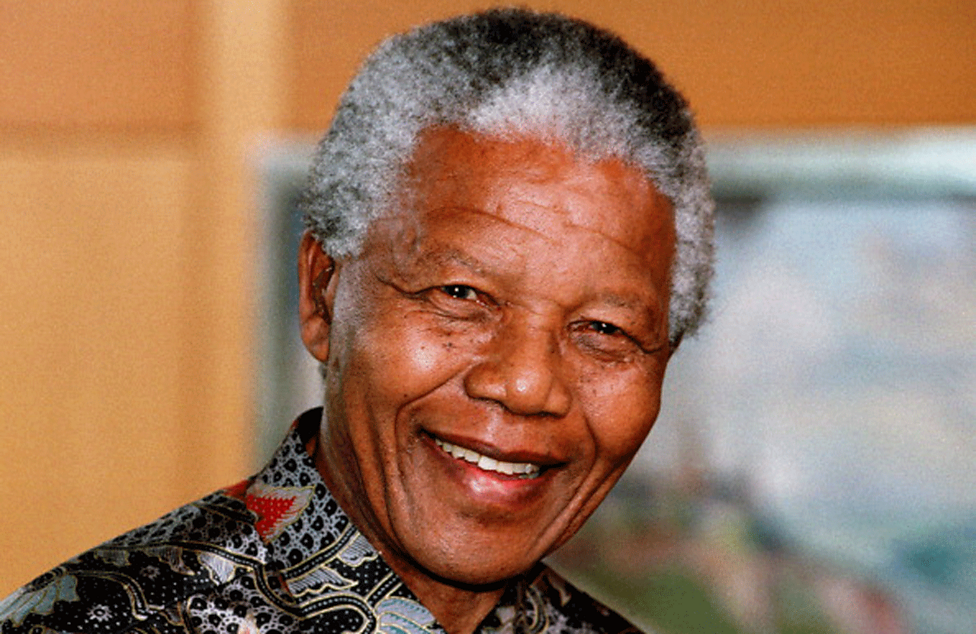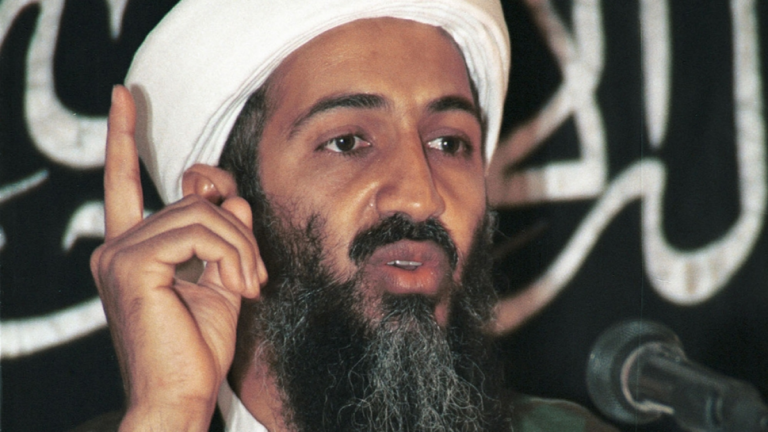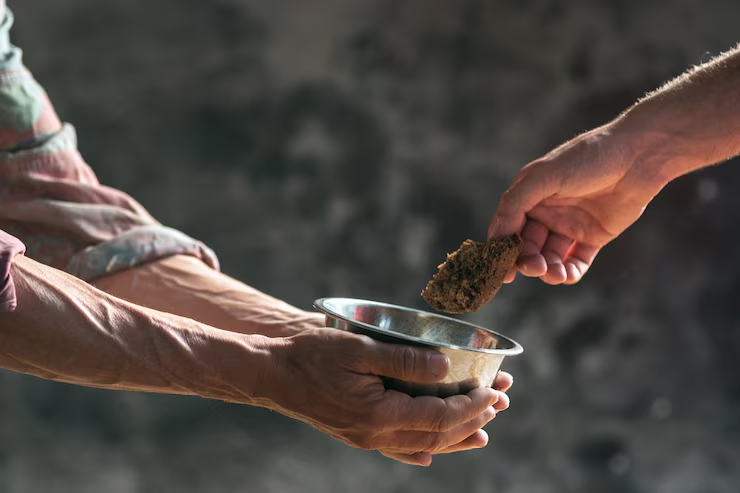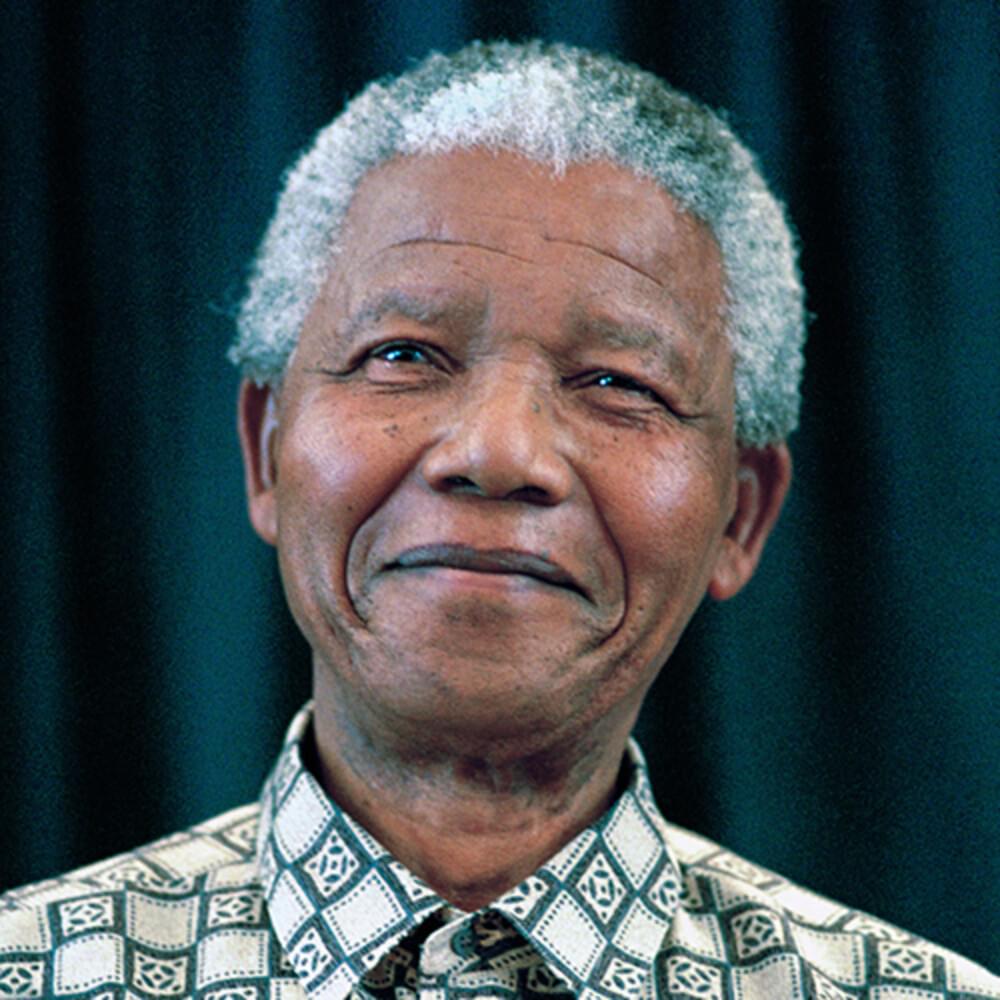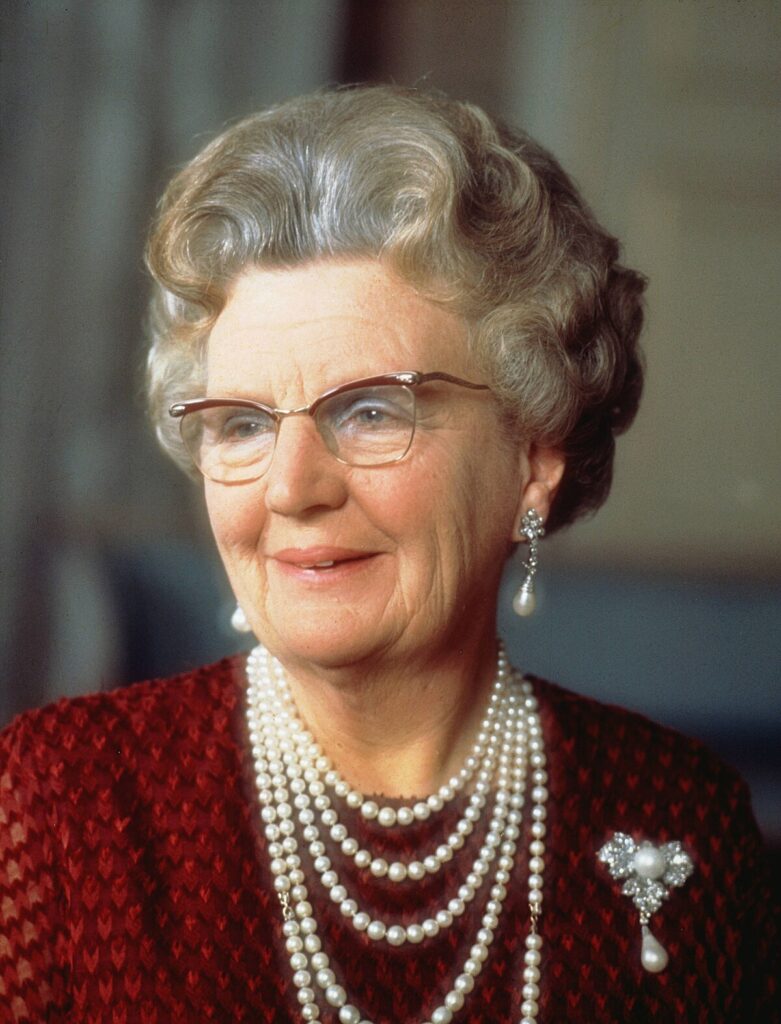Nelson Mandela
Champion of Freedom, Nelson Mandela, who became South Africa’s first black president (born July 18, 1918, in Mvezo, South Africa; died on December 5 2013, while in Johannesburg), was a revolutionary figure and anti-apartheid activist, but also the first Black president of South Africa (1994 –1999). A national hero in the fight to end apartheid, Mandela’s negotiations with President F W de Klerk in the early 90s paved the way to a peaceful takeover by the black majority full Nelson hold. For their work, Mandela and de Klerk received the Nobel Peace Prize jointly in 1993.
Early Life and Legal
Mandela was a member of the Madiba clan of the Xhosa-speaking Tembu.* His father, Chief Henry Mandela, died when Nelson was quite young, and he grew up in the custody of the Tembu regent, Jongintaba Mandela‘s house museum. Although a heritage of traditional leadership was in his future, Mandela took a different route, giving up his birthright for a legal and political career at Tanganyika Law Society.
He studied at the South African Native College (now the University of Fort Hare) and then studied law at the University of the Witwatersrand, Mandela’s house. He passed the bar exam eventually and became one of the few Black lawyers in South Africa then. In 1944, the account was taken of the African National Congress (ANC),a militant movement aimed at securing the rights of the Black majority president of South Africa. That same year, he married Evelyn Ntoko Mase. Within no time, Mandela rose through the ranks of the ANC, founding its youth league, and played an important part in reinvigorating the organization’s South African president Nelson Mandela.
In 1952, Mandela opened his law firm with fellow ANC leader Oliver Tambo, South Africa’s first Black law firm in Johannesburg. The firm only defended those who were the victims of apartheid laws, especially those who were charged under the pass laws that compelled nonwhite people to carry identification to get into locations that were restricted to whites Rolihlahla Mandela. That same year, Mandela played an important part in organizing an unofficial campaign of civil disobedience against these oppressive laws.
Mandela’s activism did not go unnoticed because the government was constantly harassing him. Since 1952, he was regularly “banned”, this term denoting government-imposed limitations on one’s travel, speech, and association. In 1956, he was arrested along with more than a hundred men of treason, Nelson Rolihlahla. The long trial, which was supposed to cripple anti-apartheid efforts, concluded with Mandela’s acquittal in 1961.
Resistance, Imprisonment, and Trial at the Rivonia Court
After the 1960 Sharpeville massacre in which the police shot down unarmed Black protesters and banned the ANC, Mandela switched to armed revolt
Mandela went to Algeria in 1962 to receive guerrilla war training. After his return to South Africa he was arrested at a roadblock in Natal and jailed for five years on charges of inciting strikes and illegally exiting the country.
His case came to a head in 1963 when the police raided an ANC hideout in Rivonia and found turncoat Africanist National Congress (ANC) documents, including incriminating weapons.
Mandela was sentenced to a life term in prison on June 12, 1964, only narrowly escaping with his life. He would serve 27 years in prison, emerging over those years from one of the world’s most momentous prisoners of conscience to one of its most potent symbols of resistance, dignity,, and fortitude.
